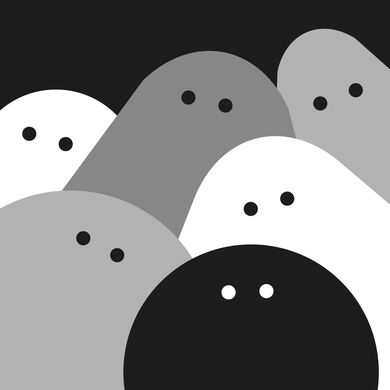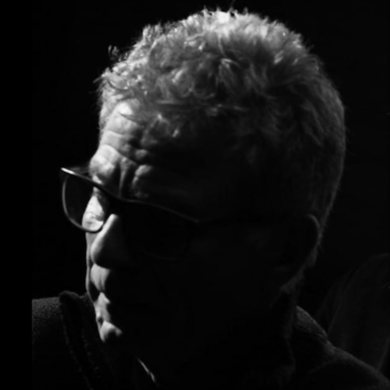In NuMi.RROR#1 - Skeletons and Ecorchés an algorithmically generated form mutates in time with a pulsing soundtrack. The layered form at times to plant life, to cellular structures and to Rorschach tests. The images began as CT scans from mice, which were translated in custom built software into a 3D model generated by a SNAP marching cube algorithm before being further manipulated and mirrored by the artist.
In the NuMi collection, Frederik De Wilde explores the ways artists have critiqued scientists' representation of the inanimate (human) form from the Renaissance until the present through the combination of artistic and biomedical imaging techniques.
De Wilde reconstructs and interprets medical data in custom built 3D visualisation software, whilst experimenting with the possibilities made available through medical skills, materials and techniques. The metaphoric transformations of the body represent aesthetic and poetic interpretations of biomedical research and data. The artwork becomes a catalyst for biomedical (un)seeing and (un)knowing.



